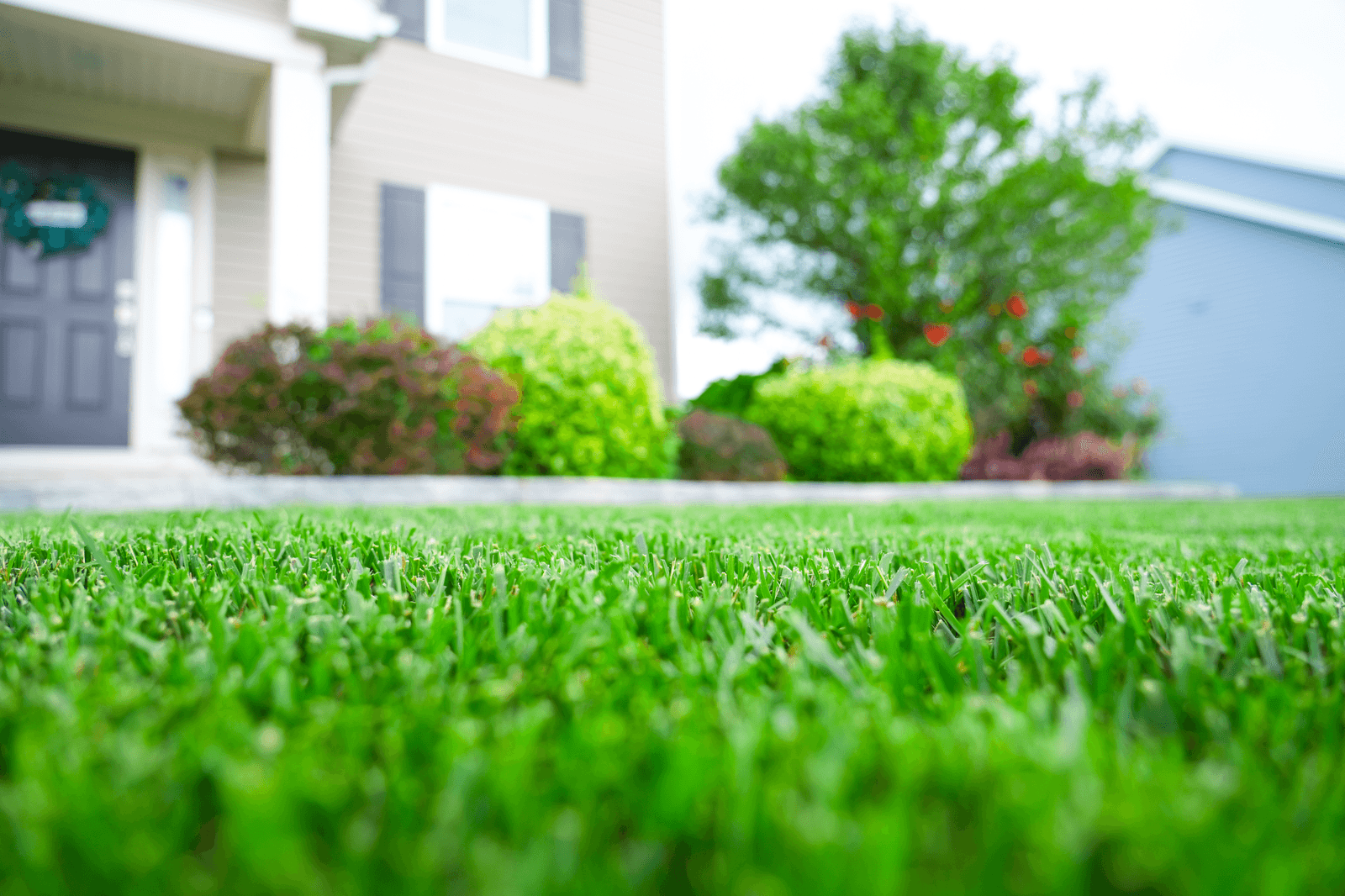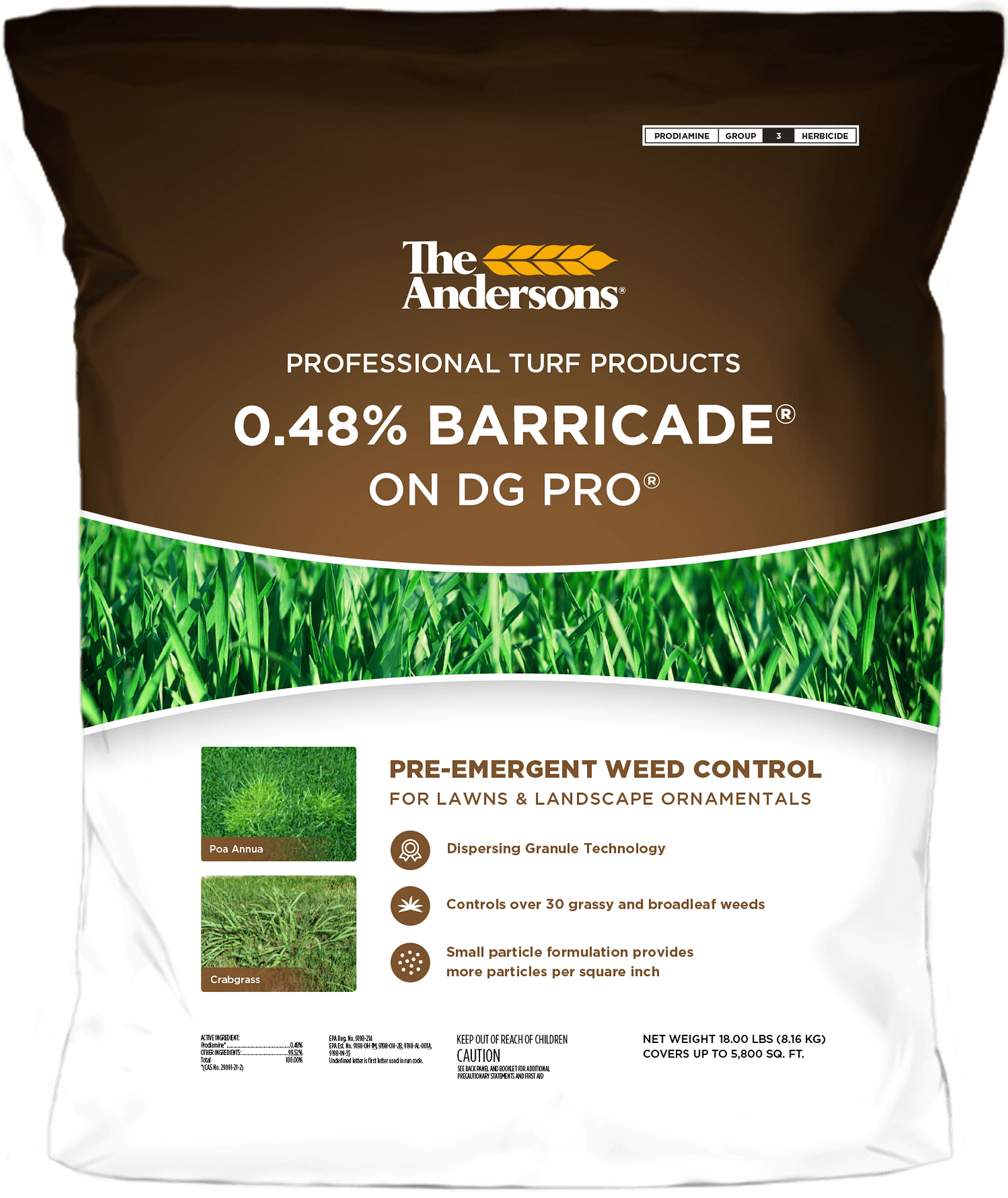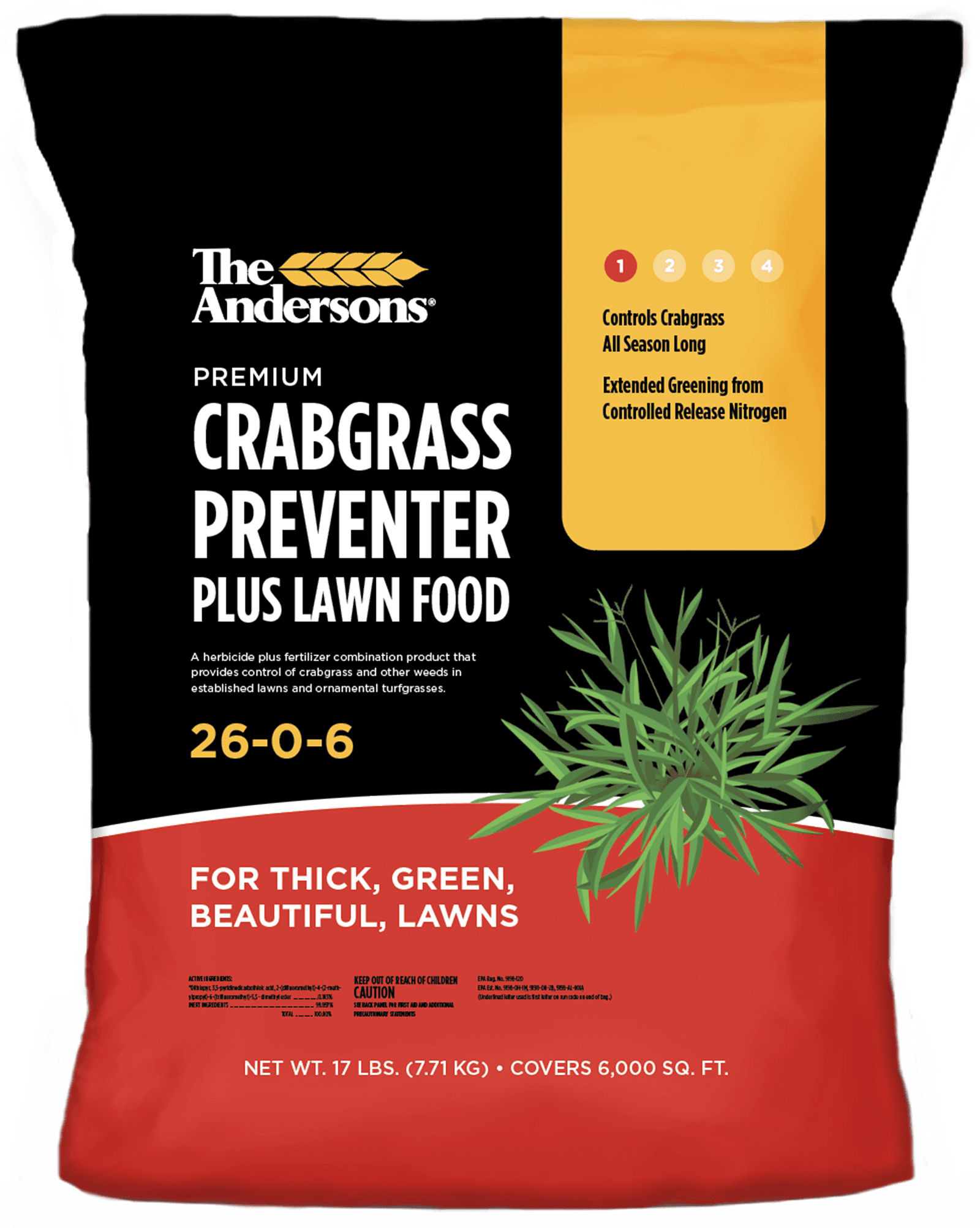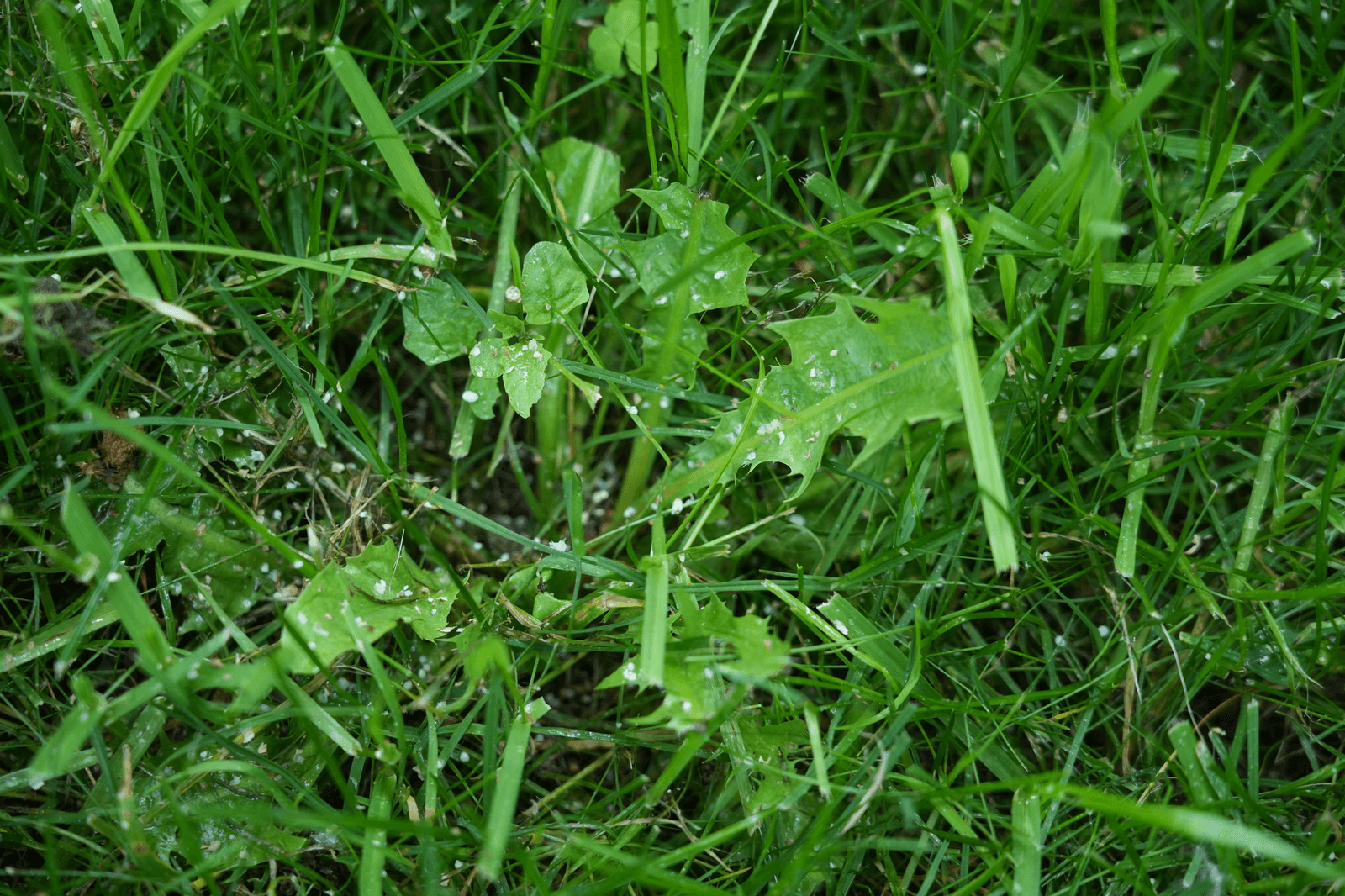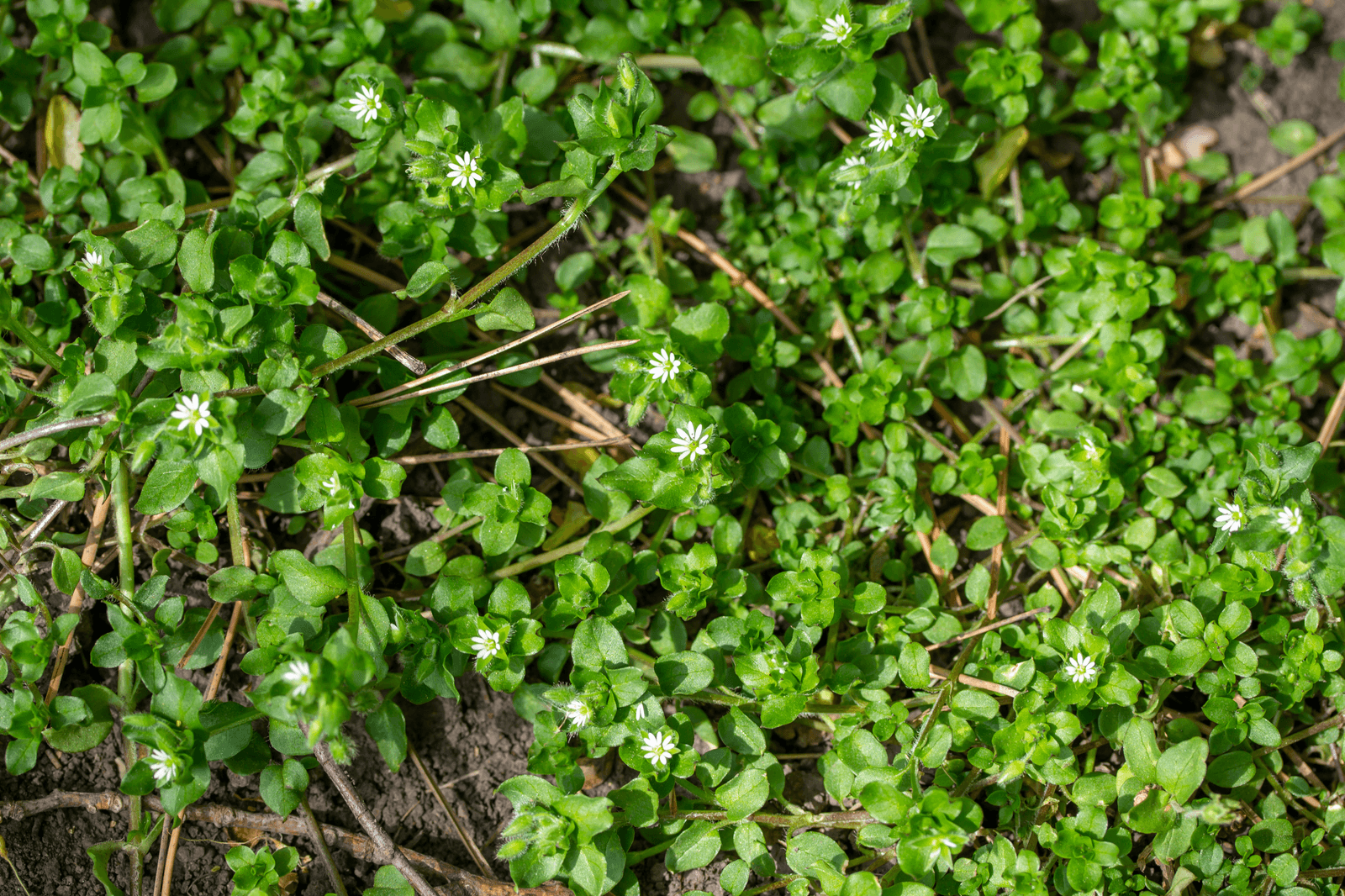As the leaves begin to change and the air turns crisp, many homeowners start to think about their lawn care routines. While spring is often considered the prime time for lawn maintenance, fall is equally crucial—particularly when it comes to applying pre-emergent herbicides. Here’s why fall pre-emergent is essential and how to effectively incorporate it into your yard care strategy.
What is Pre-Emergent Herbicide?
Pre-emergent herbicides are preventive treatments designed to stop weed seeds from germinating. Unlike post-emergent herbicides, which target weeds that have already sprouted, pre-emergents work in the soil to create a barrier that halts weed growth before it starts.
Why Fall?
- Targeting Winter Weeds
Many homeowners overlook fall applications, but this is a critical time to manage winter annual weeds, such as poa annua (annual bluegrass) and henbit. These weeds germinate in the cooler months and can quickly take over your lawn if not addressed early. - Optimizing Soil Conditions
In fall, soil temperatures are generally conducive to the effective application of pre-emergent herbicides. The cooler weather means less stress on your lawn, allowing it to focus its energy on root development rather than dealing with invasive weeds. - Preparing for Spring
Applying pre-emergent in the fall sets your lawn up for success in the spring. By preventing winter weeds from establishing themselves, you create a healthier, more vigorous lawn that can outcompete any unwanted plants when spring arrives.
How to Apply Fall Pre-Emergent
- Timing is Key
The ideal time to apply pre-emergent is typically between mid-September and early October, depending on your geographic location. Monitor local soil temperatures; you want to apply it before soil temperatures drop below 70°F consistently. - Choose the Right Product
Different pre-emergents target different types of weeds. Research products that are effective against the specific weeds prevalent in your area. Popular choices include products containing prodiamine, such as Barricade®, or dithiopyr, like Crabgrass Preventer Plus Lawn Food. - Follow Instructions Carefully
Always read and follow the manufacturer’s instructions for application rates and methods. Overapplication can harm your lawn and the environment, while under-application may not provide adequate weed control. - Watering
After application, lightly water your lawn to help activate the pre-emergent herbicide. This will allow it to form the barrier in the soil where it’s needed most.
IMPORTANT: Pre-emergent will inhibit new grass growth. Avoid planting seed if you plan to apply a pre-emergent.

Additional Fall Lawn Care Tips
- Aerate Your Lawn: Aeration can help alleviate soil compaction and improve water and nutrient absorption, making your pre-emergent even more effective. Do this before you apply pre-emergent.
- Fertilize Wisely: A fall fertilization can help strengthen your grass roots, making them more resilient against weeds. Consider Fall Lawn Food 24-0-14.
- Keep Up with Mowing: Continue to mow your lawn until it stops growing. This will ensure that your lawn stays healthy and can better compete with weeds
Click here for more fall lawn care tips.
Conclusion
Incorporating a fall pre-emergent herbicide into your lawn care routine is a proactive step towards maintaining a beautiful and healthy lawn. By preventing weeds before they can establish themselves, you’ll save time, effort, and frustration in the long run. So, as the weather cools and the days shorten, don’t forget to plan your fall lawn care to ensure a thriving, weed-free yard come spring!
